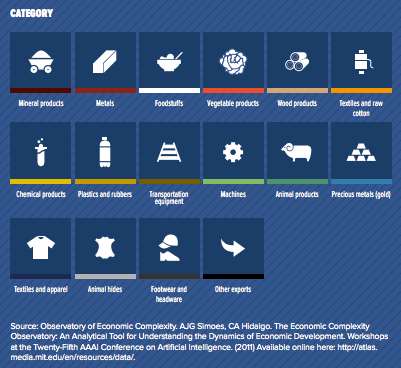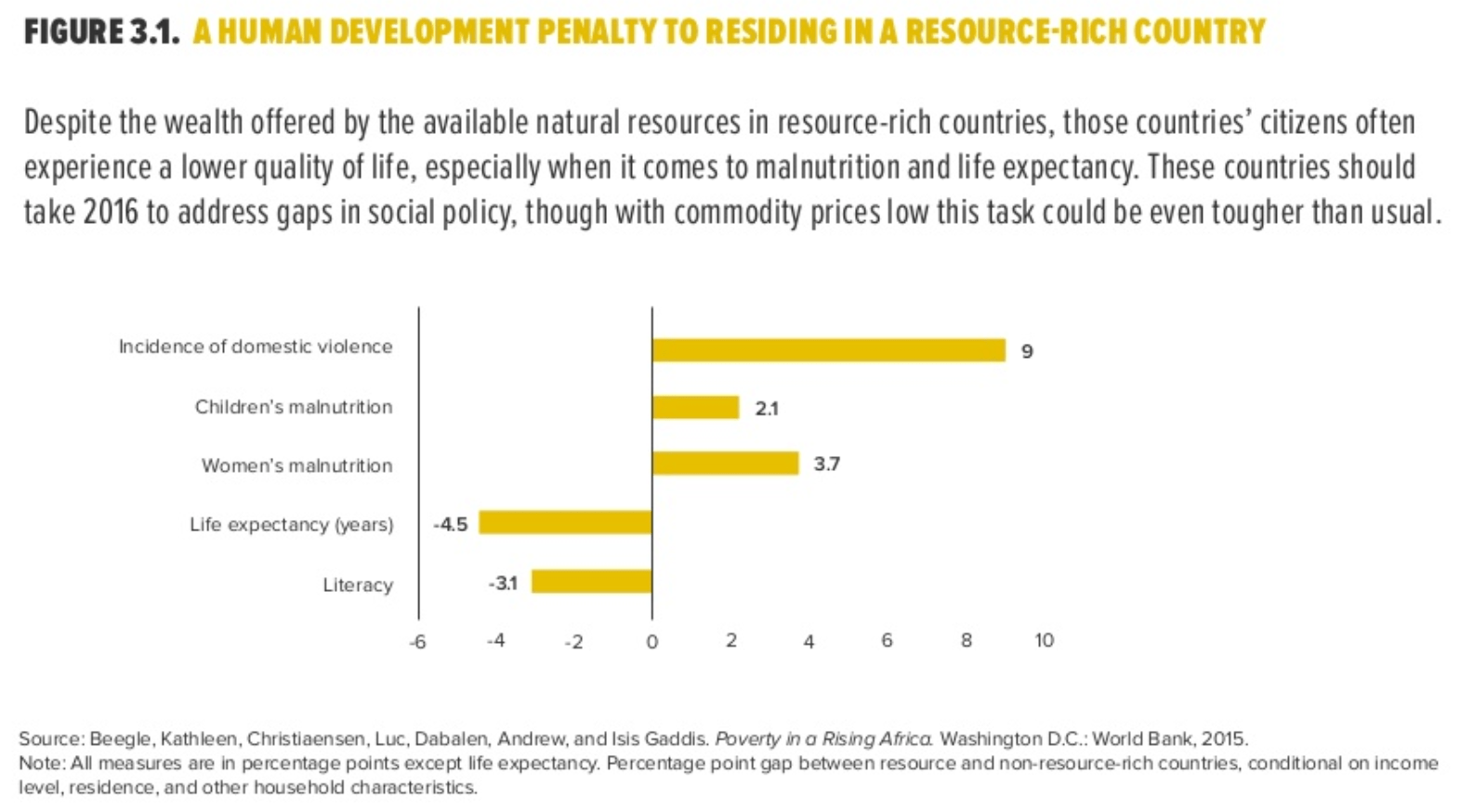The share of people in Africa living on less than $1.90 a day fell from 56 percent in 1990 to 43 percent in 2012. But only 27 out of the 48 countries examined had two or more comparable surveys in this period with which to track poverty.
Substantial progress is also recorded in other dimensions of human development, especially in health and personal security. Since the mid- 1990s, life expectancy at birth has risen by 6.2 years, and the prevalence of chronic malnutrition among children under 5 fell 6 percentage points. Deaths from politically motivated violence has declined. Tolerance and the incidence of gender-based domestic violence declined, and scores on voice and accountability indicators have risen slightly.
Despite the drop in the poverty rate, given Africa’s rapid population growth, still many more people are poor today: Even under the most optimistic estimates of 2012 poverty, this number is about 330 million compared with 280 million in 1990. And projections also consistently show that the world’s poor will be increasingly concentrated in Africa, keeping Africa at the forefront of the global poverty agenda.
More than two out of five adults are still unable to read or write. About three-quarters of sixth graders in Malawi and Zambia cannot read for meaning—one example of the school quality challenge. Likewise, health outcomes remain the worst in the world. Since 2010, the number of violent events against civilians (including political unrest, terrorism, and civil conflict) has been on the rise. Tolerance of domestic violence (at 30 percent of the population) is twice as high as in the rest of the developing world. Despite a decline in domestic violence overall, a generational
shift in mindset is still to come in terms of not tolerating it.

Through the end of the 20th century, no mainland sub-Saharan African country (excluding temperate South Africa) had ever achieved sustained cereal yields above 2 tons per hectare—a key threshold, as this is approximately the point at which productivity is high enough to allow farmers to save and invest for the future and for society to encourage labor to shift away from agriculture into manufacturing and services.
Today a number of countries have broken through the 2 tons per hectare threshold, including Côte d’Ivoire, Ethiopia, Malawi, Uganda, and Zambia.
